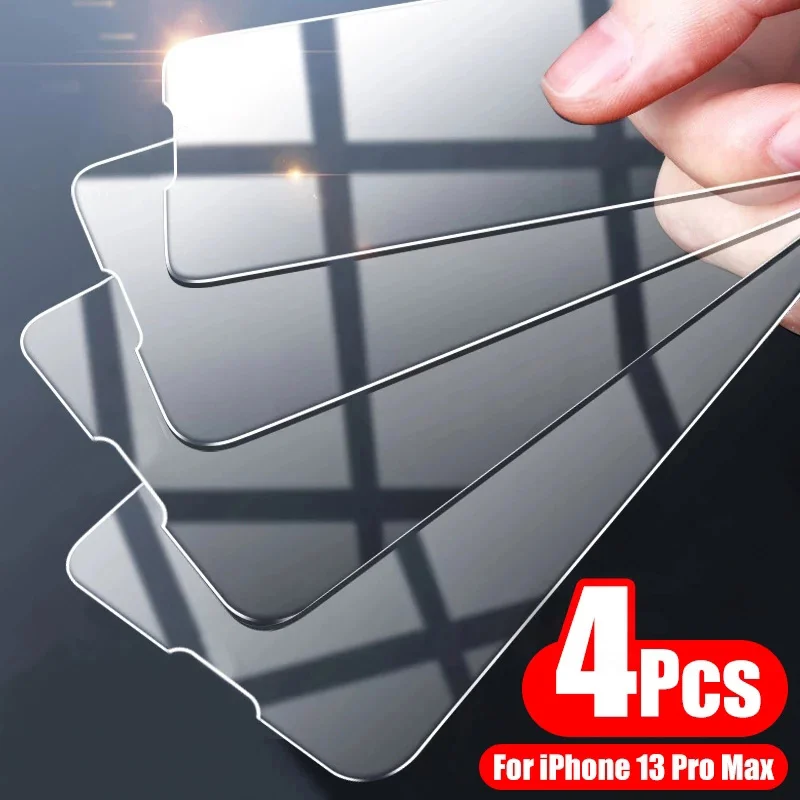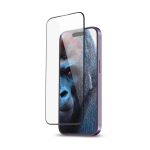In today’s world of high-tech gadgets, screen protection has become a crucial concern for many device owners. With the advent of liquid screen protectors, the market has been introduced to a new way of safeguarding screens. This article delves into the efficacy of liquid screen protector, analyzing their performance, benefits, and potential drawbacks.
What Are Liquid Screen Protectors?
Definition and Composition
Liquid screen protectors are a relatively new technology designed to shield device screens from scratches, smudges, and even minor impacts. Unlike traditional screen protectors made from tempered glass or plastic, liquid protectors are applied as a liquid that dries to form a thin, invisible layer. This layer is composed of silicon dioxide, a material that is also used in the production of glass. When applied to a screen, it forms a protective coating that bonds with the glass surface.
How They Differ from Traditional Protectors
Traditional screen protectors, such as those made from tempered glass, offer a physical barrier against damage. They are usually thicker and require precise alignment during application. In contrast, liquid screen protectors are applied as a liquid that fills in the microscopic pores and imperfections of the screen, creating a uniform, invisible shield. This means there is no need for meticulous alignment, and the application process is generally quicker and easier.
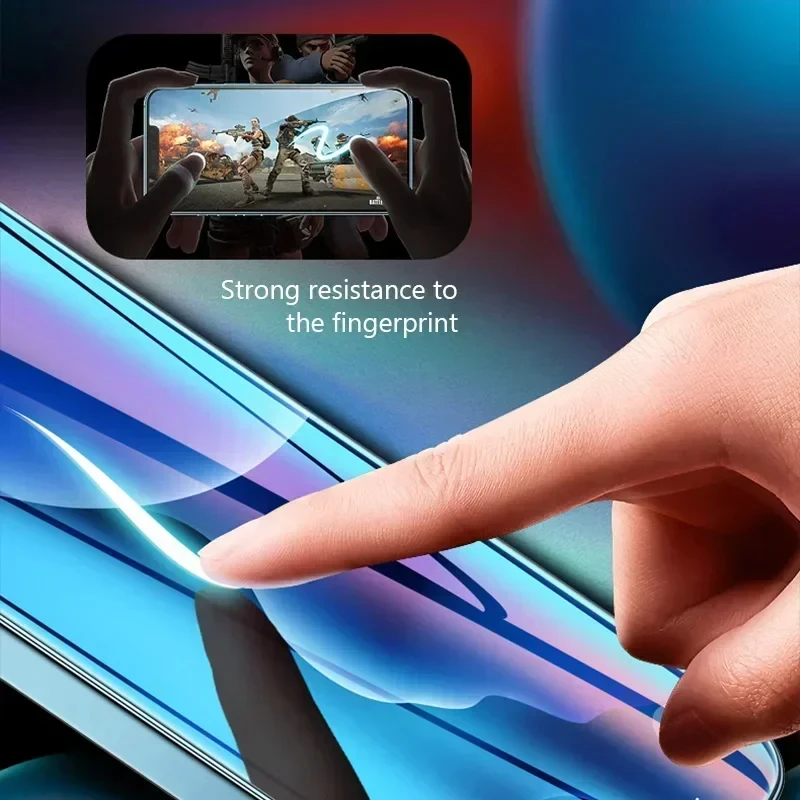
How Do Liquid Screen Protectors Work?
Application Process
Applying a liquid screen protector typically involves several steps. First, the screen must be thoroughly cleaned to remove any dust, fingerprints, or oils. After cleaning, a small amount of the liquid is applied to the screen and spread evenly using a microfiber cloth. Once applied, the liquid needs to dry for a specified period, usually ranging from 30 minutes to 24 hours, depending on the product. After drying, the screen is buffed to ensure a smooth, even finish.
Chemical Bonding and Protection
The primary mechanism behind liquid screen protectors is chemical bonding. The silicon dioxide in the liquid forms a bond with the screen surface as it dries, creating a protective layer that is both hard and flexible. This layer increases the hardness of the screen, making it more resistant to scratches and minor impacts. Additionally, the liquid screen protector can repel oils and smudges, maintaining screen clarity and touch sensitivity.
Benefits of Liquid Screen Protectors
Enhanced Durability
One of the significant advantages of liquid screen protectors is their enhanced durability. Once applied and cured, the liquid protector forms a hard, thin layer over the screen. This layer can increase the hardness of the screen, making it more resistant to everyday wear and tear, including scratches from keys or coins. While it may not offer the same level of protection as a high-quality tempered glass protector, it still provides a notable improvement over an unprotected screen.
Easy Application and Maintenance
Liquid screen protectors are known for their ease of application. Unlike traditional protectors that require careful alignment and can be prone to bubbles or dust trapping, liquid protectors are applied as a liquid and spread evenly across the screen. This process reduces the likelihood of installation errors and makes it easier for users to achieve a smooth, bubble-free application. Furthermore, the maintenance of liquid screen protector is straightforward. They are typically resistant to fingerprints and smudges, and if the screen becomes dirty, it can be easily wiped clean without affecting the protective layer.
Limitations and Potential Drawbacks
Potential for Inconsistent Protection
Despite their benefits, liquid screen protectors have some limitations. One concern is the potential for inconsistent protection. The effectiveness of the liquid screen protector can vary depending on the application technique and the quality of the product. If the liquid is not spread evenly or if it is not allowed to cure properly, the protective layer may be uneven, leading to areas that are less protected. Additionally, liquid protectors may not offer the same level of impact resistance as tempered glass protectors, which could be a concern for users who are prone to dropping their devices.
Durability and Longevity Issues
Another drawback of liquid screen protectors is their longevity. While they can provide a good level of protection initially, the protective layer may wear off over time. Factors such as frequent use, exposure to sunlight, and cleaning methods can affect the durability of the liquid protector. Some users report that the layer can become less effective after a few months, necessitating reapplication or replacement. This contrasts with tempered glass protectors, which are generally more durable and can last for years without significant degradation in performance.
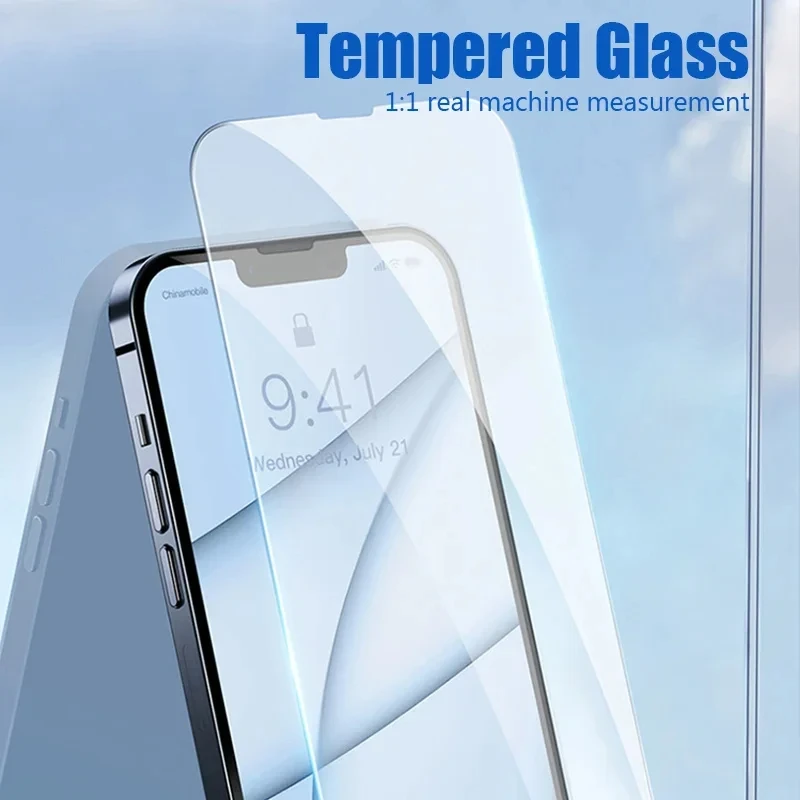
Comparing Liquid Screen Protectors to Other Options
Tempered Glass Protectors
Tempered glass protectors are a popular alternative to liquid screen protector. They offer a physical barrier that provides excellent protection against scratches, impacts, and drops. Compared to liquid screen protector, tempered glass protectors are generally thicker but offer a more robust defense. They are also easier to replace if damaged. However, they can be more cumbersome to apply and may affect the touch sensitivity of the screen.
Plastic Film Protectors
Plastic film protectors are another alternative, typically made from PET or TPU materials. They are thinner and lighter than tempered glass protectors but offer less impact resistance. Plastic films are generally easier to apply than tempered glass but can be more prone to scratches and wear over time. Liquid screen protectors fall somewhere in between plastic films and tempered glass in terms of protection and ease of application.
User Experiences and Reviews
Positive Experiences
Many users report positive experiences with liquid screen protectors. They appreciate the simplicity of the application process and the invisible nature of the protective layer. Users often note that their screens remain free from scratches and smudges, which enhances the overall viewing experience. The ability to maintain a sleek and thin profile without adding bulk to the device is also a commonly praised feature.
Negative Feedback
On the other hand, some users express dissatisfaction with liquid screen protectors. Common complaints include issues with the longevity of the protection and the need for reapplication. Users have also reported inconsistent results in terms of scratch resistance and the potential for the layer to degrade over time. Additionally, there are concerns about the level of impact protection provided by liquid screen protector compared to other options.
Expert Opinions and Testing
Laboratory Testing
Laboratory tests on liquid screen protector generally focus on their hardness, scratch resistance, and impact resistance. Tests often measure the thickness of the protective layer and its ability to withstand various types of damage. Results can vary depending on the quality of the product and the testing methodology. While some liquid screen protectors perform well in controlled environments, real-world results can differ.
Industry Expert Views
Industry experts have mixed opinions about liquid screen protector. Some view them as a promising innovation that offers a good balance of protection and ease of use. Others are more cautious, emphasizing the need for further testing and refinement to address concerns about durability and consistency. Experts often recommend considering individual needs and preferences when choosing a screen protection solution.
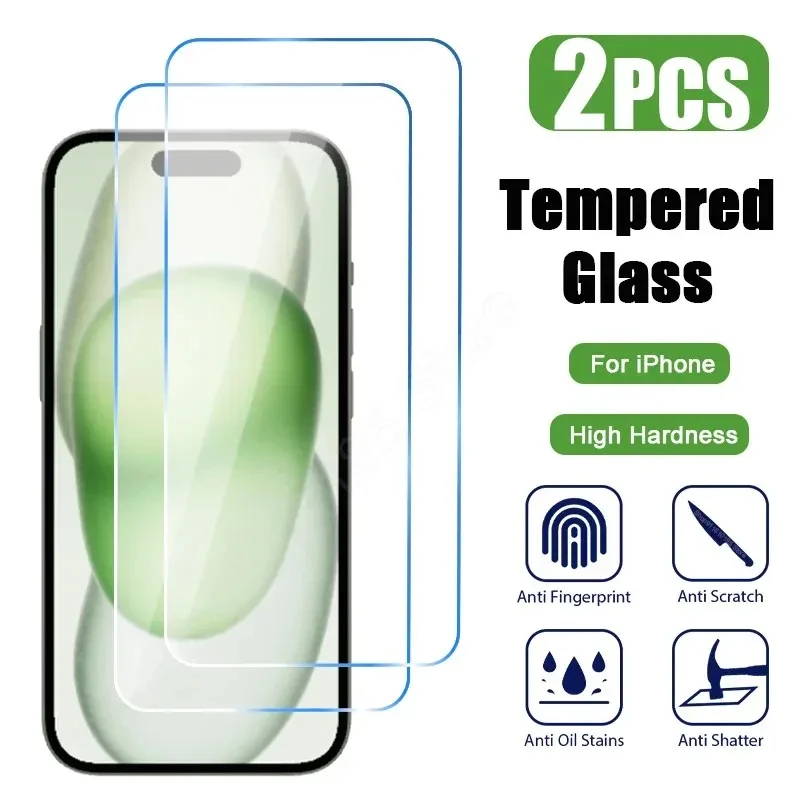
Conclusion
Liquid screen protectors represent an innovative approach to screen protection, offering several benefits such as easy application and enhanced durability. However, they also have limitations, including potential inconsistencies in protection and longevity issues. When deciding whether a liquid screen protector is right for you, it is essential to weigh these factors against other options like tempered glass or plastic film protectors. By understanding the strengths and weaknesses of liquid screen protector, you can make an informed decision that best suits your device protection needs.
